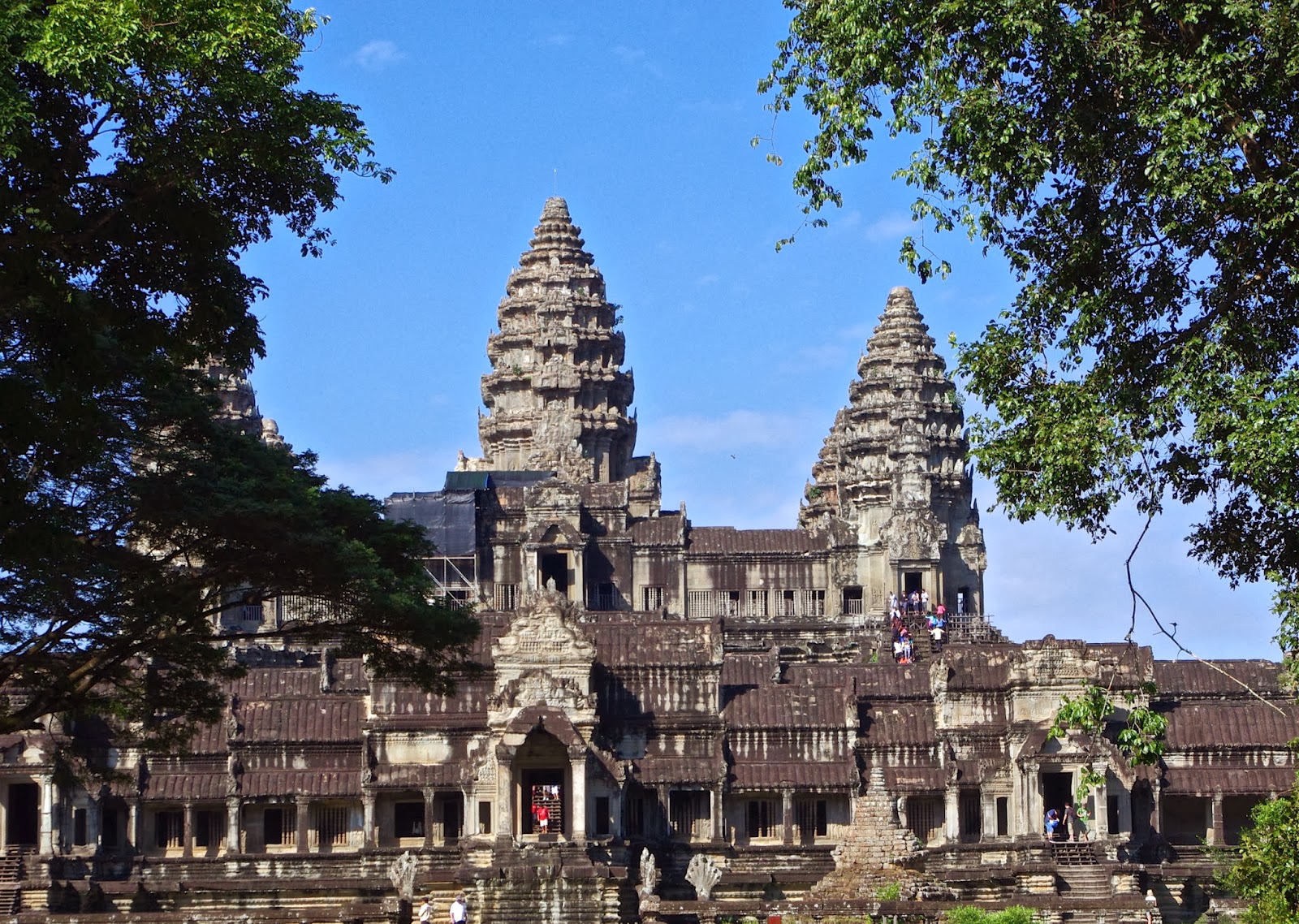 |
| First Minister checking out the Emirates Arrivals team |
But we followed the crowds and that depressed us even more. The narrow shoddy-looking corridors leading to the terminal seemed like a tunnel to the third world after the sumptuous airports in Dubai, Hong Kong, Hanoi, and Saigon. A narrow strip of worn-out carpet, grey walls, cheerless lighting, some RBS adverts with the usual hyperbole, and a couple of moving pavements were not working. Why do so many airports have to be portals of misery filled with overpriced franchised retailers and fast-food chains. The ambience of Scottish airports has changed since the days of BAA, we are now left with rampant aviation capitalism and armed police that Scotland that is not conducive to delivering Donald Dewar's vision of a confident and egalitarian country. There was little to suggest that we were entering an ambitious, dynamic, well-functioning nation on this gloomy grey Sunday morning.
The luggage turned up in reasonably quick time and the bonus was the cheery Border Control staff who welcomed us with the quick repartee and warmth that is the Glasgow style. An hour later we were home having witnessed the airport fox stalking around the car park and then gathered some bread and milk at the co-op. The house was freezing, the newspapers full of acrimonious stories about dodgy celebrities, political intrigue, and corporate greed. We both grabbed for the travel section.
The luggage turned up in reasonably quick time and the bonus was the cheery Border Control staff who welcomed us with the quick repartee and warmth that is the Glasgow style. An hour later we were home having witnessed the airport fox stalking around the car park and then gathered some bread and milk at the co-op. The house was freezing, the newspapers full of acrimonious stories about dodgy celebrities, political intrigue, and corporate greed. We both grabbed for the travel section.























































